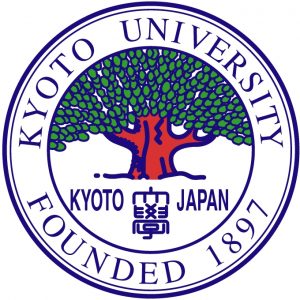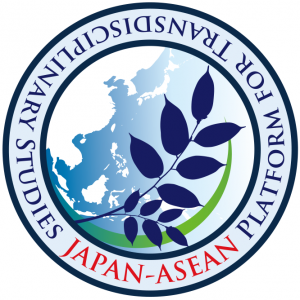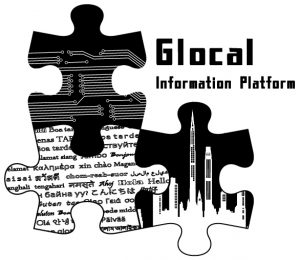Following the First and Second Brazil-Japan Seminar on Cultural Environments held on FY2015 and FY2016, we are pleased to announce the preparation of the third event to be held in March 2018 (FY2017). The “Brazil-Japan Seminar on Cultural Environments” was created with the objective of promoting the encounter of scholars interested in the debate about the processes of making, interpreting and interacting with cultural environments. This seminar serves as a transdisciplinary platform that aims at promoting the exchange and collaboration between Brazilian and Japanese scholars; between scholars engaged in research about Brazil and Japan; and between scholars interested in studies of a global scope that include Brazil and Japan as case studies.
The Relevance of “Cultural Environments”
Among the earliest records where the use of the expression “cultural environment ” was employed it is worth to cite the book “The geographic basis of society (1933)”, written by the American geographers Charles Clifford Huntington and Fred Albert Carlson. In that book, the geographers discussed how man interacts with the habitat from a point of view that was quite innovative at that time. They argued that man and his habitat appear to be the product of each other in a ‘dynamic’ process of change and interaction. In Japan, one of the first scholars to use the expression ‘bunka kankyō‘ was the geographer Kojima Eiji in 1938. Although this is an example that demonstrates the early appearance of this expression within scholarly writings, it is rare to find it in other writings of the Prewar period in Japan. This expression began to be largely used and gained attention during the Postwar period, at first in the writings of scholars from education related fields interested in the debate of how the living environment of children affected learning. It was especially after the 1960s period that the expression ‘cultural environment bunka kankyō‘ was definitively incorporated into the debate about the dynamic and interactive relations established between man and environment. The scope of the definition and amplitude of the use of the expression was then enlarged and influenced the apparition of original writings that included the article ‘Man’s physical characteristics and environment’, published in 1969. In this article, the anatomist and professor of Niigata University School of Medicine, Ogata Tamotsu, investigated rather the climatic and geologic alterations of the Jomon period were a cause of change in human daily life activities, that subsequently changed the physical characteristics of human bodies, a hypothesis which he tried to confirm through the study of skeletons.
Nowadays, the expression is largely used, with varied definitions, in writings produced by researchers from varied disciplines, such as, social sciences, environmental studies, architecture and planning, anthropology, among others. The broad, integrative and inclusive range of use of this expression allows the breeding of a debate of great actuality and relevance to our global society. In an effort to understand better the causes and effects of environmental change and its relation to human living this seminar will generate an academic debate that overcomes disciplinary limitations through an integrative approach to knowledge production. Participants in this seminar are invited to think about how humans live and interact with their surrounding environments, with a debate that will support to overcome the longstanding separation between nature and culture.



